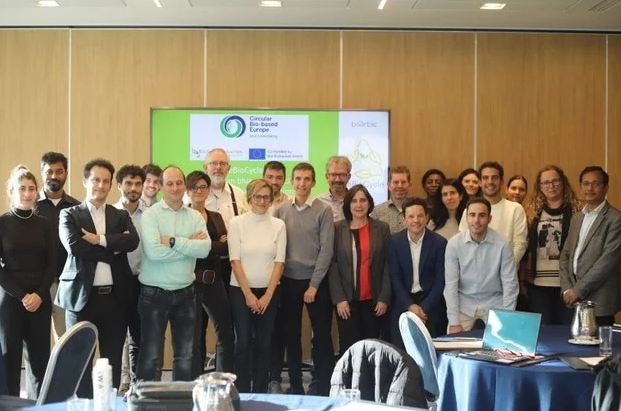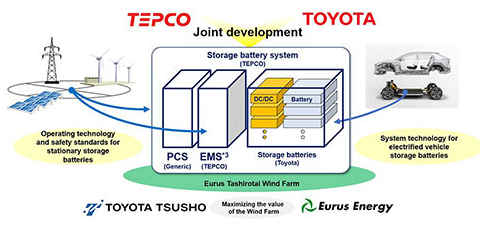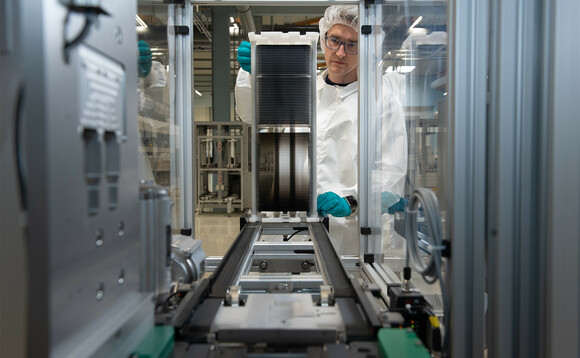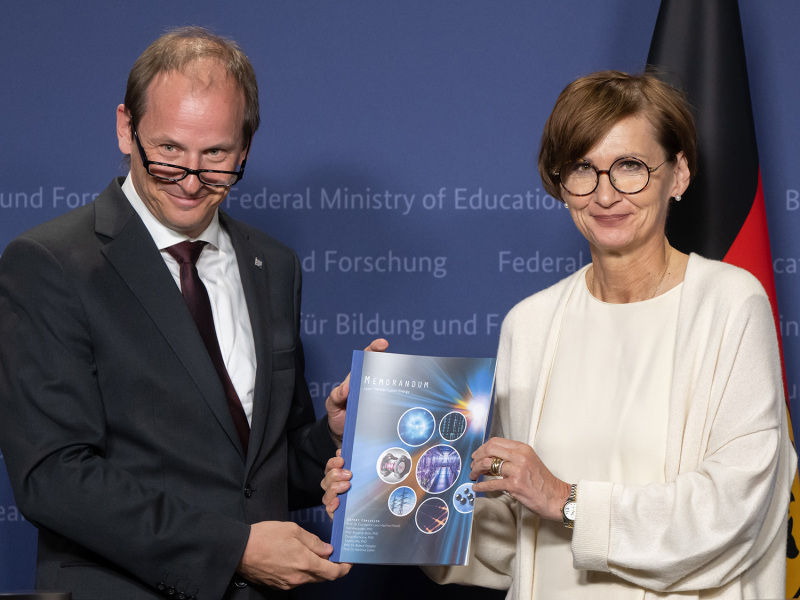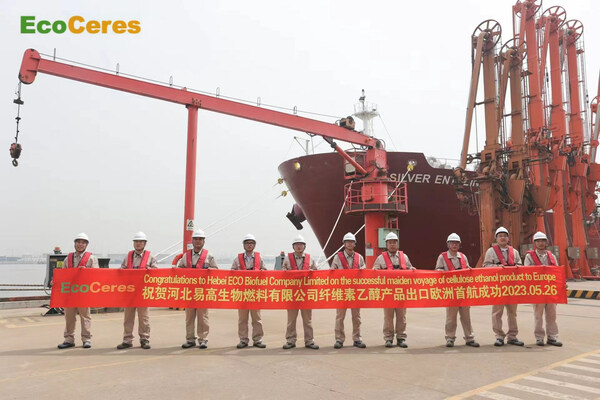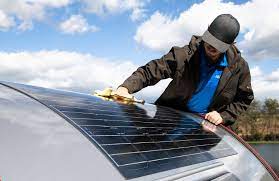In a proposal put forth on October 17th, MISO – which operates the bulk electric transmission system across the central U.S. – leaned into the undeniable transition towards renewable energy resources, emerging technologies like battery storage, and the growing momentum behind decarbonising our economy. It’s a marked shift for MISO – one that should be recognised as proactive and forward looking. It’s also essential to ensure a modern grid is ultimately ready to support a clean and reliable electricity supply.
MISO (which stands for Midcontinent Independent System Operator) manages the bulk electric transmission system across the central U.S. – from Wisconsin to Louisiana, North Dakota to Michigan. It has two primary roles: ensure a reliable electricity supply through maintenance and investment in the transmission system and ensure fair electricity markets by providing access for new resources like wind, solar and battery storage.
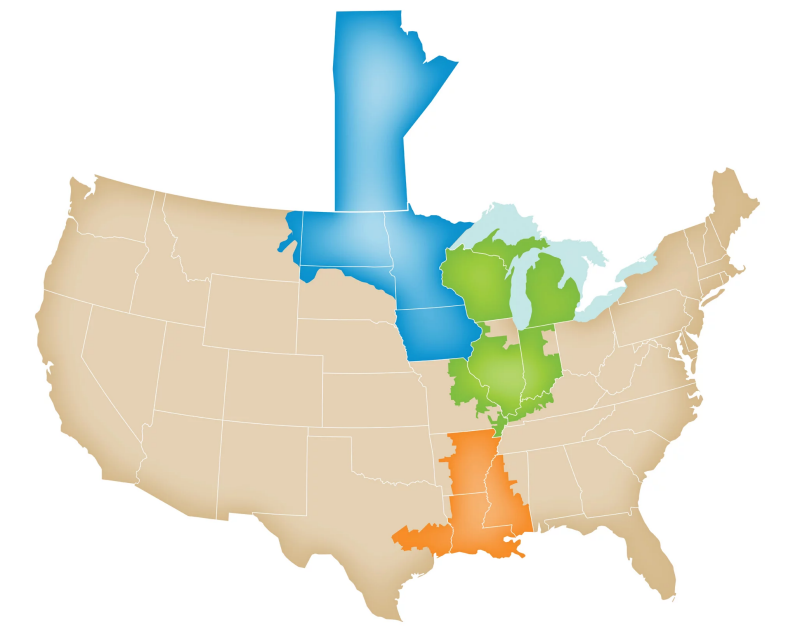 MISO operating region / SOURCE: MISO
MISO operating region / SOURCE: MISO
Predicting energy sources, demand, policies
To be clear–it is not MISO’s role to decide what our mix of electricity resources will be. Across the MISO service territory, it’s the states, utilities, local governments, major companies and energy consumers that are ultimately driving demand for cheaper, cleaner electricity. MISO’s role is to be responsive to these trends and ensure the bulk transmission system is ready to maintain reliability in the face of change and enable new electricity resources to get their power to consumers.
To do this, MISO conducts an annual modelling exercise that evaluates multiple possible futures based on current trends, possible future policy shifts, and other factors that can impact how we generate and consume electricity going forward. The process ultimately leads to approval of “no regrets” transmission investments that are cost-effective, maintain a reliable electricity supply, and support fairly functioning electricity markets as conditions change over time. For several years we have been advocating for MISO to take a more proactive stance in its modelling – arguing alongside other stakeholders that MISO is not adequately planning for the significant changes that are already happening, let alone what could happen over the next 15-20 years.
30% wind and solar by 2030
The two charts below highlight MISO’s rapidly shifting resource mix. The left shows (as of September) new resources that have applied to connect to MISO’s system – more than 100 GW of new resources, more than 85 percent of which are renewable energy resources. Not all of these projects will ultimately be built, but it is a strong indicator of the direction MISO’s resource mix is heading. The chart on the right shows MISO’s changing resource mix when considering only current utility and state announcements. Even under this “baseline” scenario, MISO reaches 30 percent wind and solar by 2030.
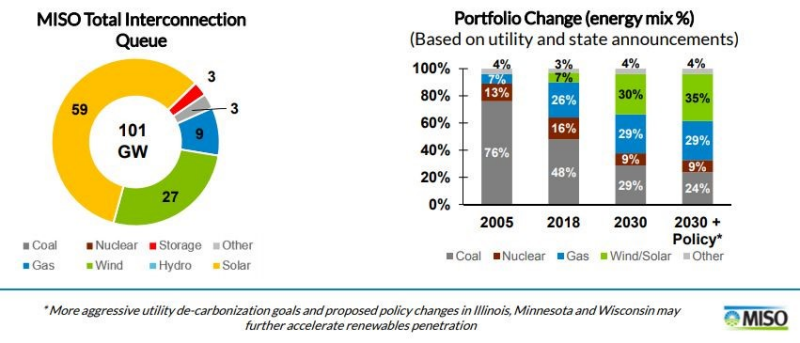 With more than 85,000 megawatts of new renewable energy resources having applied to connect to MISO (left) and utility and state commitments pushing MISO beyond 30 percent renewables by 2030 (right), the writing is on the wall that MISO must prepare for high levels of renewable energy penetration. Source: MISO
With more than 85,000 megawatts of new renewable energy resources having applied to connect to MISO (left) and utility and state commitments pushing MISO beyond 30 percent renewables by 2030 (right), the writing is on the wall that MISO must prepare for high levels of renewable energy penetration. Source: MISO
This rapid shift away from coal and towards renewables and natural gas affects how MISO operates the transmission system and approves investments to maintain reliability and provide access for these new resources to help meet demand. Part of the rationale behind MISO’s new focus on the future is recognition that these trends are likely to continue. MISO states like Illinois, Michigan, Wisconsin, and Minnesota are already discussing much deeper decarbonisation efforts than are currently on the books, corporate demand for clean energy is growing, and utilities are consistently upping their projections of clean energy’s role in meeting future energy demand. Because it can take several years to ultimately construct new transmission projects, MISO needs to stay ahead of the curve in its planning and investments.
Taking a proactive approach to enable our clean energy future
Fortunately, MISO’s planning took a significant turn for the better last month when MISO rolled out its straw proposal for a new set of modelling futures to analyse as it heads into the 2020 – 2021 planning cycle. MISO is proposing 3 futures – one based on current announcements by states and utilities that will push MISO beyond 30 percent renewables by 2035, and two others that consider varying degrees of carbon emission reduction and renewable energy build out. MISO will also consider changes in demand due to potential widespread adoption of electric vehicles and demand-side resources such as rooftop solar. The most aggressive future – designed to be a “bookend” of what might occur over the 15-year planning horizon includes:
at least 50 percent of energy coming from renewable energy resources by 2035,
an 80 percent reduction in carbon emissions compared to today’s levels,
Retirement of nearly every coal unit in the MISO territory by the mid-2020s, and
A 70 percent increase in electricity demand (along with changes in when that demand occurs) due to widespread adoption of electric vehicles, electrification of buildings (for example: shifting to electric heating rather than natural gas), and other shifts from fossil fuel-dependence to electrification.
In the sake of brevity – I will simply say that this is a BIG deal. MISO’s job isn’t easy – making investments now to prepare for an uncertain future. MISO can’t create our clean energy future – that’s up to us as consumers to demand. But MISO, through its function as the regional grid operator, can either complement or hinder our progress. MISO’s proposed revamp of its planning process is a strong step in the right direction to ensure our electricity grid is ready for our clean energy future.
